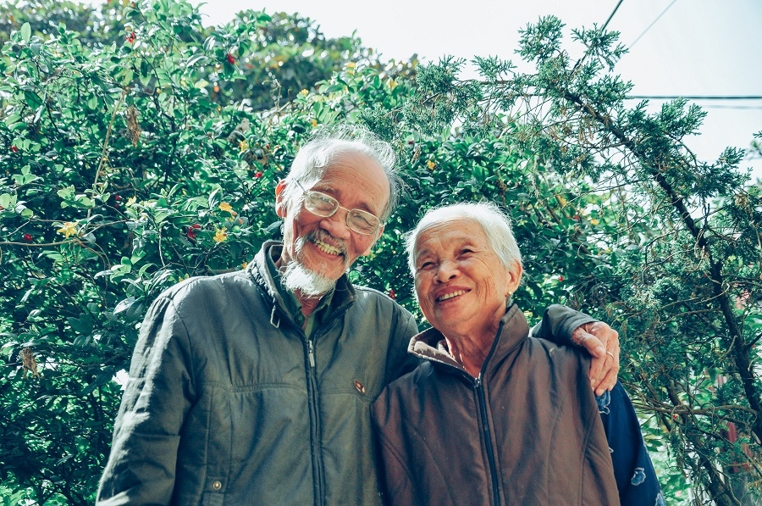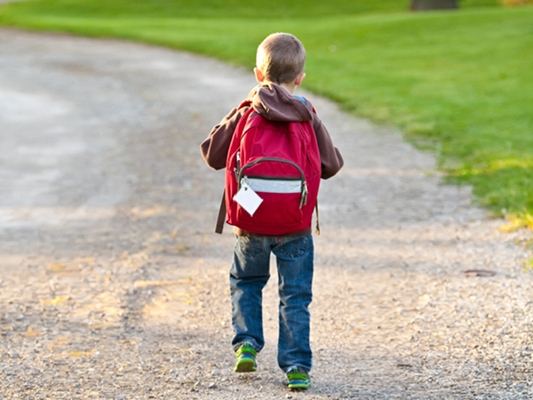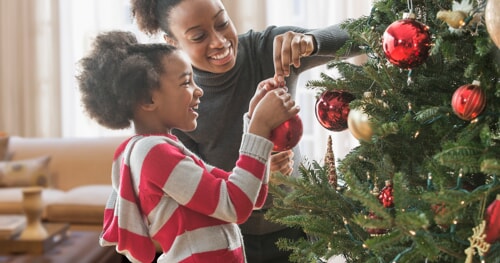Ready, set, go: How to prepare before disaster strikes
Sep 16, 2020

With wildfires all over the Portland area and many in our community under evacuation orders, the suddenness of natural disasters is too obvious. While we help each other through yet another historic event this year, it may be a good time to consider your own disaster preparedness.
Here in the Northwest, the possibility of sudden wildfires is top on our minds right now. Even if you’re not under a direct threat, you’ve no doubt seen and smelled the smoke.
But it's not just fires we should worry about. Floods, avalanches, earthquakes and mudslides are natural disasters that could affect us at some point in the Pacific Northwest. If any of these were to occur, would you be ready?
Unfortunately, many of us are not. Fortunately, you can take time now to create an emergency kit, before you need it.
How to build an emergency supply kit
As you begin to create your emergency kit, remember: It doesn’t have to be perfect right away. Keep adding to it and improving it over time.
There are a number of things you could include in your emergency supply kit. A good rule is to stash enough of everything to last you three days. Remember, some of these items expire, so be sure to check dates and replace items as necessary. Here are some recommended basics.
- One gallon of water per person, per day
- Food that is easy to make and doesn't spoil (pasta, canned soup, dried milk)
- Can opener
- Utensils and food preparation supplies
- Medications and medical supplies
- Personal hygiene items (soap, toothbrush, glasses/contact lenses)
- First aid kit
- Multipurpose tool
- Duct tape and zip ties
- Matches or lighter
- Good shoes
- Change of clothing
- Flashlight
- Radio
- Phone chargers
- Batteries
- Whistle
- Important documents
- Cash
- Keys
- Copy of your emergency plan
Emergency planning for kids and pets
If you have children, you may need to add additional items to your kit. For infants, include required formula, diapers and baby food. Consider adding games and other activities to keep children occupied.
If you have pets, you will need to pack extra water, pet food, a leash and a carrier for transport.
Making your emergency plan
Sit down with your family and talk about the types of natural disasters that you could face. When making your plan, consider escape routes, meeting places, emergency contacts and each person's responsibilities. You candownload a form to help you create your plan here.
Having a plan and working with your family to agree to follow it can reduce your stress and increase your safety. Also take a minute to locate the nearest emergency room to your home, work and school. That will save time and precious seconds in the event that you or a loved one is hurt and needs to get to the ER right away.
It's also important to include kids in the conversation, so they are prepared to respond if parents, guardians or adults are not around when a disaster happens. Kids feel safer when they know the answers to “what if….”
Personalize your kit and plan
Every person and every family have unique needs. Make sure to personalize your emergency kit and plan to fit your requirements. Include needed medications and pack specific foods for people with food allergies.
By definition, emergencies come up quickly. Making a plan now so you’re ready at work, home, school and even in your car will give you and your family peace of mind. The question isn't "if" it will happen, but "when" it will happen. Preparing now could mean all the difference at a later date.


